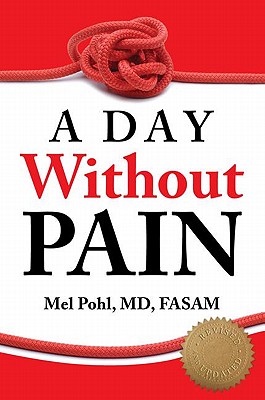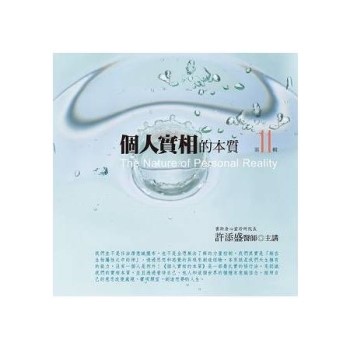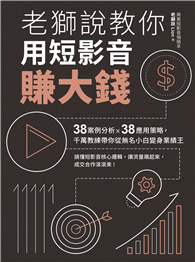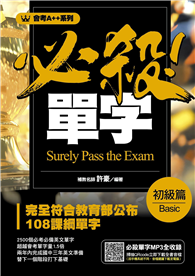Pain and its management (or mismanagement) is one of the most important and urgent issues facing society today. Millions are afflicted with pain and it is the most frequent reason Americans seek medical attention each year. According to research published in Pain Physician Journal (2006), 90 percent of people in the US receiving treatment for pain management are prescribed opiate medication. Of that number, 18 to 41 percent had opiate abuse/addiction problems. We also know that at least eighty billion dollars is spent for pain relief in the US each year-a significant amount of that is for prescription medications. What is harder to quantify is the emotional cost to family systems when one or more members suffer with a chronic pain condition.
More than 50 million people in the US suffer from long-lasting pain that persists for months or years. Twenty-two percent of primary care patients report being in pain; 83 million adults reveal that pain affects their participation in an activity; 4.5 million patients die in pain each year; and 26 percent of nursing home residents experience daily pain. Pain is a worldwide pandemic with no end in sight. That's why this book was written.
A Day without Pain reviews the physical and psychological problems associated with pain, as well as ways to assess and treat pain. It examines methods for treating pain in a comprehensive, holistic manner, without the use of narcotic/opiate/pain killers, so that optimal health and function can be restored.

 看圖書介紹
看圖書介紹






![塔木德:猶太人的致富聖經[修訂版]:1000多年來帶領猶太人快速累積財富的神祕經典 塔木德:猶太人的致富聖經[修訂版]:1000多年來帶領猶太人快速累積財富的神祕經典](https://media.taaze.tw/showLargeImage.html?sc=11100697818)



